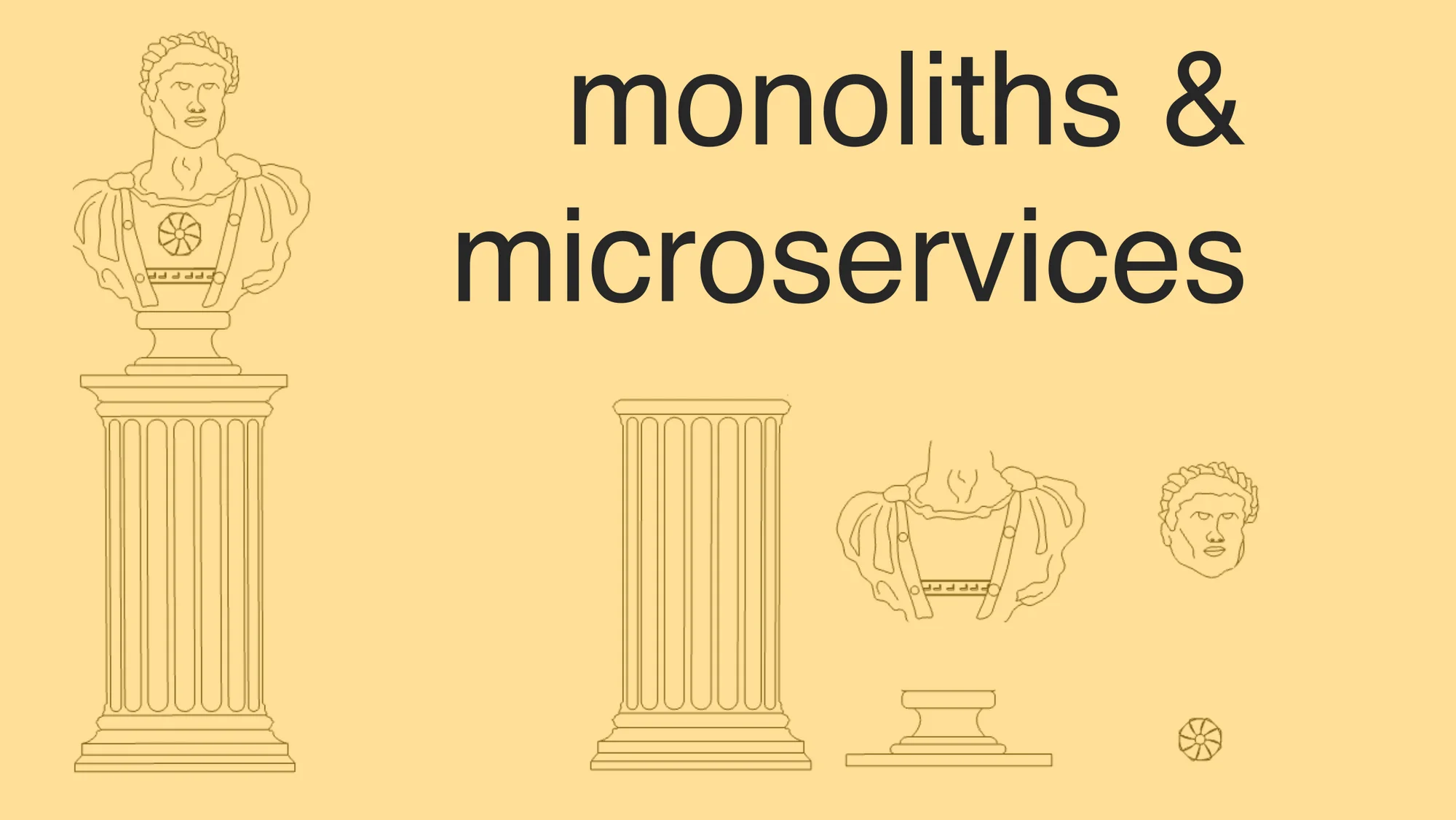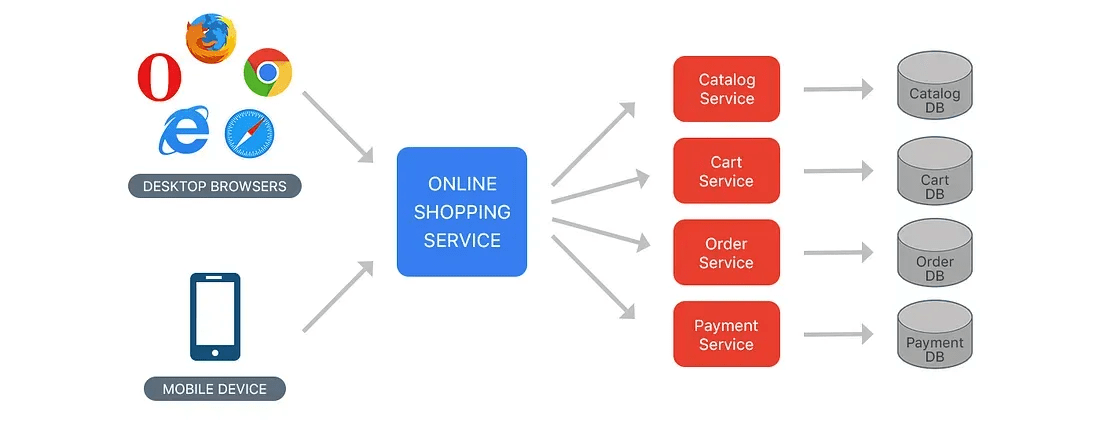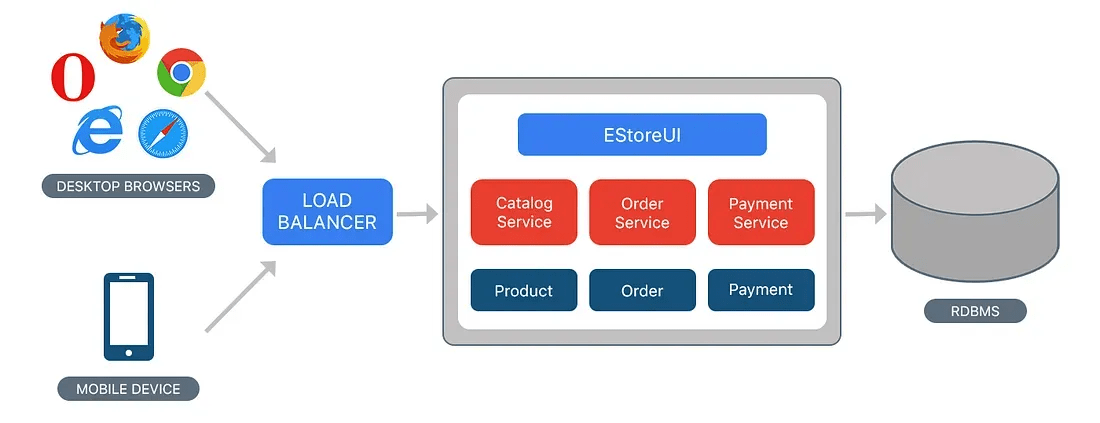
Table of Contents
Microservices vs Monolith: Key Choice Guide
In today’s software development landscape, choosing between Microservices vs Monolith is a critical decision that can significantly impact your project’s success. This article explores both approaches, their strengths and weaknesses, and provides guidance on making the right choice for your specific needs.
Understanding the Modern Development Context
What Are Microservices?
A microservice architecture breaks an application into small, loosely coupled, independently deployable services. Each service focuses on a specific business function and communicates with others via well-defined APIs. This model offers flexibility and scalability in managing complex systems.
What Is a Monolith?
A monolithic architecture structures an application as a single, unified unit where all components are interconnected and share a single database. It’s simpler to develop initially but can become difficult to scale and maintain over time.
Architecture Comparison
Monolith Design Snapshot
Figure 2: Monolithic applications contain all services within a single deployment unit. Desktop and mobile users interact with the same codebase, typically routed through a load balancer.
Microservices Design Snapshot
Figure 1: Microservices split each business function into individual services, each with its own database and scaling rules. A gateway directs traffic to the correct microservice.
Benefits
Why Teams Prefer Microservices
- Scalable based on service-specific demand
- Allows use of diverse technology stacks
- Faster deployments and iterations with smaller teams
- Failure in one service doesn’t affect the whole system
- Enables evolutionary architecture and incremental updates
Strengths of Monolithic Systems
- Easier to develop and test as one unit
- Single deployment and centralized logging
- Strong transactional integrity using one database
- Ideal for smaller teams and simpler applications
Challenges
Microservices Complexity
- Requires strong DevOps and CI/CD pipelines
- Managing service communication and network reliability
- Increased operational overhead with logging and monitoring
- Harder to maintain data consistency across services
Monolith Limitations
- Harder to scale individual features or services
- More risk when deploying changes across a large codebase
- Technology lock-in limits flexibility
- Slower development cycles for larger teams
Choosing the Right Architecture
When to Pick Microservices
- You need independent scalability and frequent deployments
- Your team is experienced with distributed systems
- Your application has well-defined domains
- You plan for long-term scaling and complexity
When a Monolith Works Best
- Speed to market is a priority
- Your team is small or just starting out
- The system complexity doesn’t require distribution
- You want a simpler operational model
Strategy for Migration
From Monolith to Microservices
- Begin with a modular monolith using domain-driven design
- Use clear module boundaries to plan for future service extraction
- Introduce internal event-driven communication where appropriate
- Extract services based on real pain points and bottlenecks
Final Thoughts
The debate over Microservices vs Monolith isn’t about one being better than the other—it’s about what fits your context. Both architectures serve different needs and scales of development. Focus on what supports your team’s workflow and product vision. Start simple, think ahead, and evolve as your system grows.


